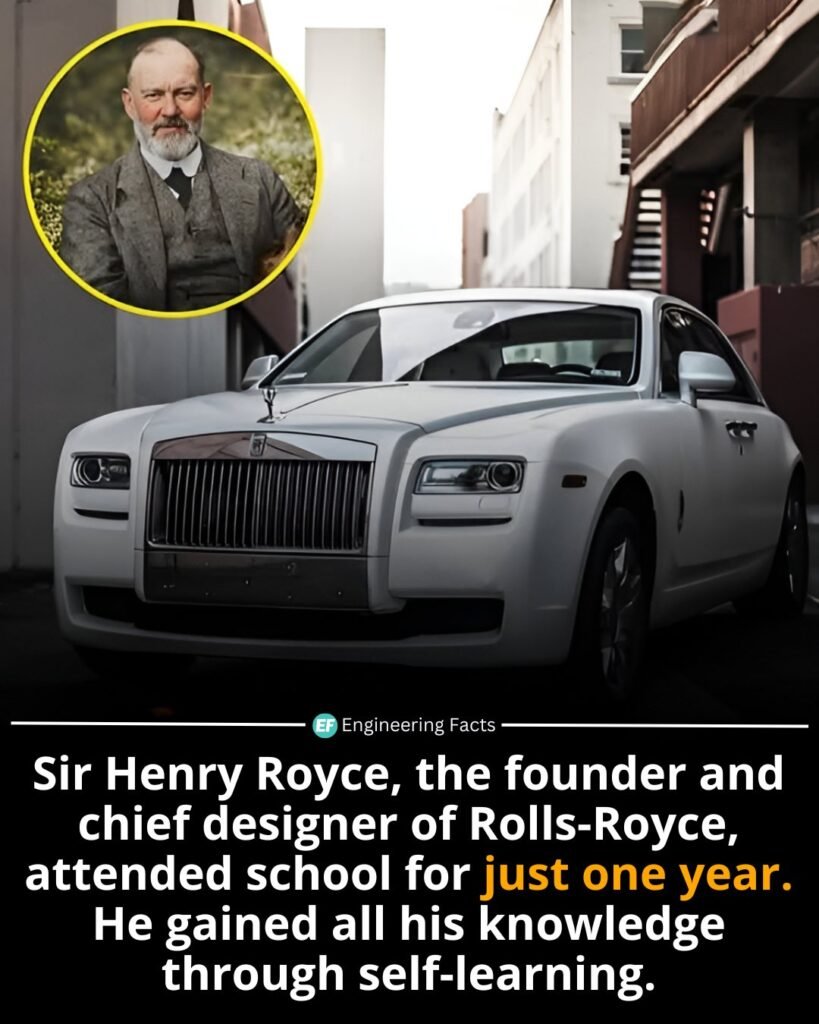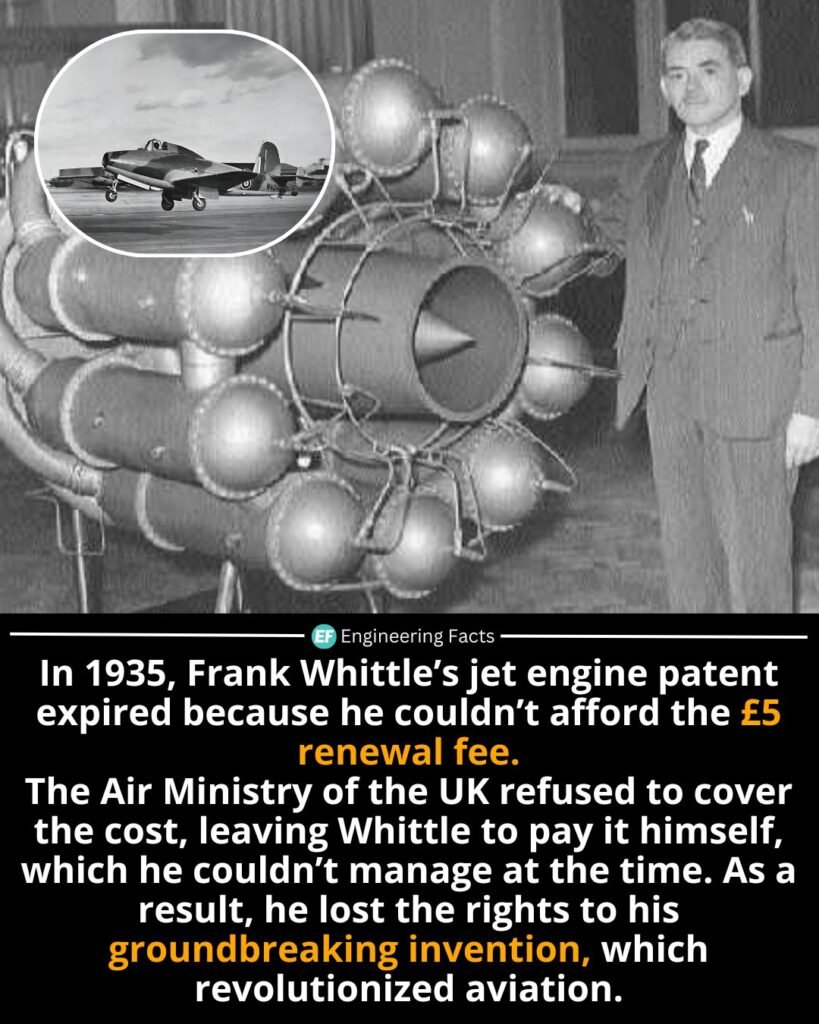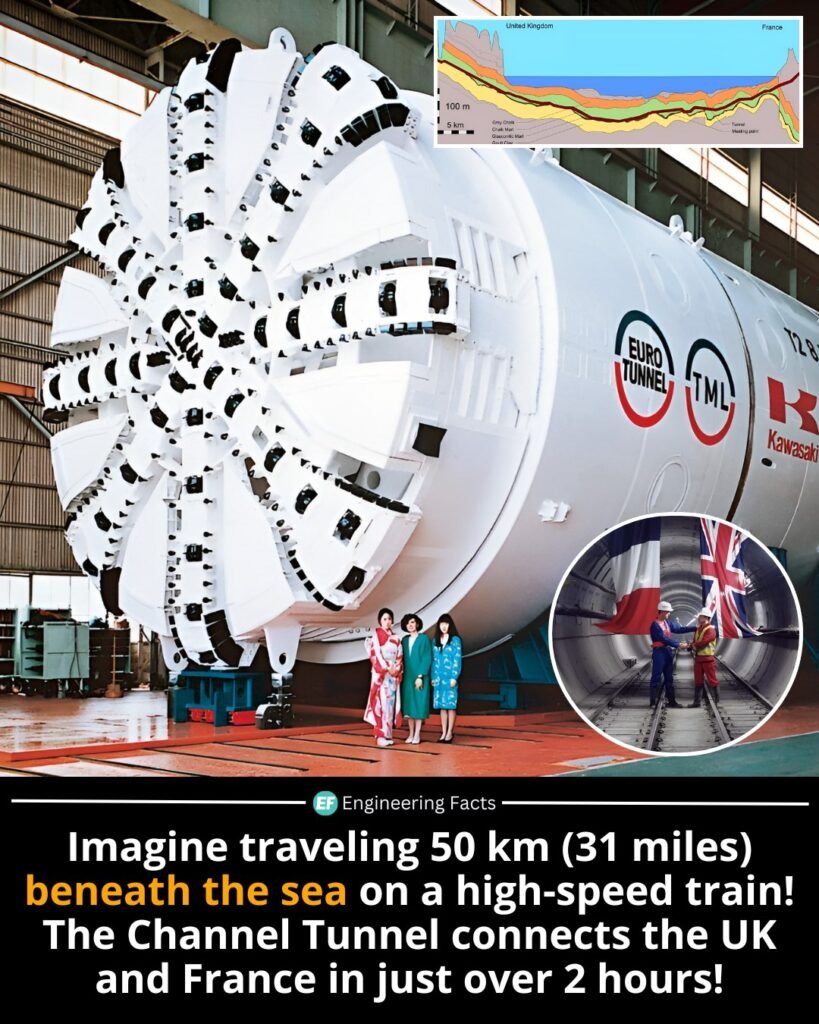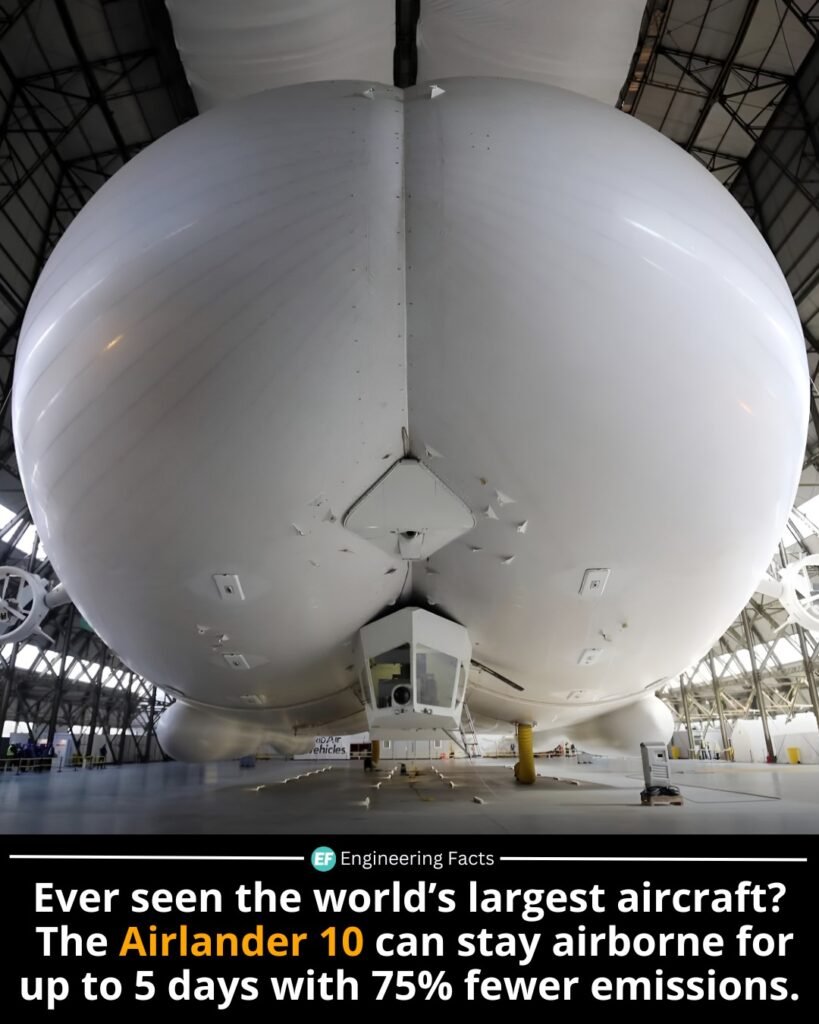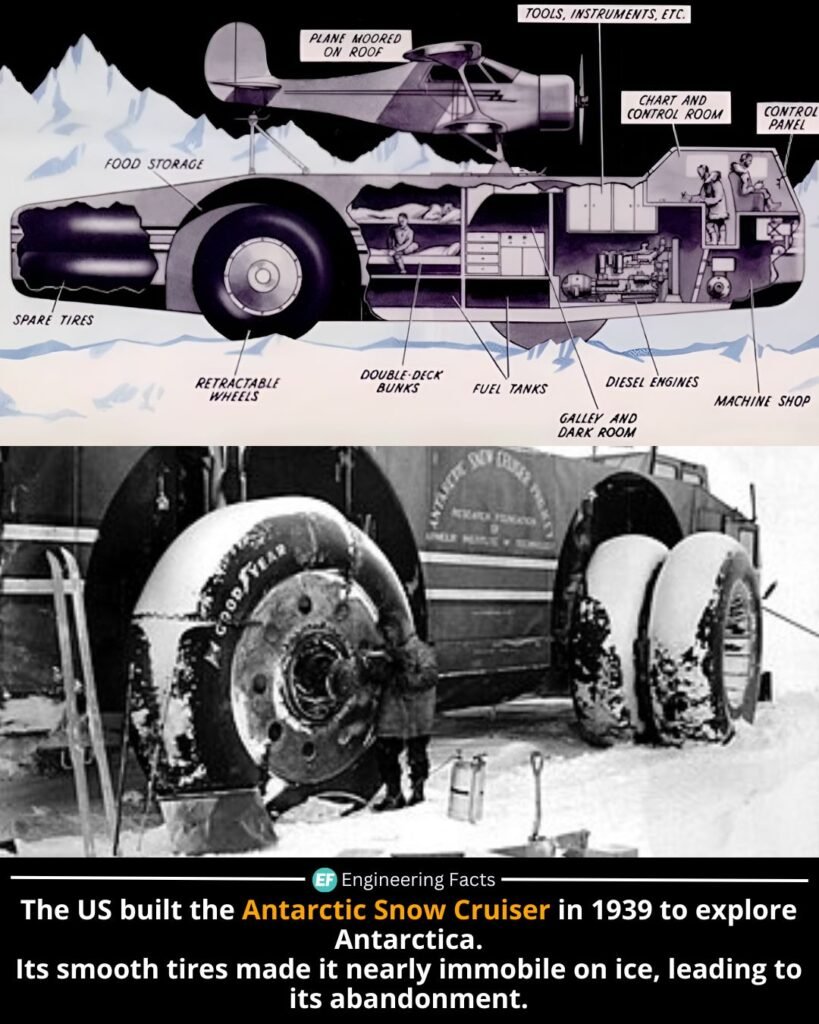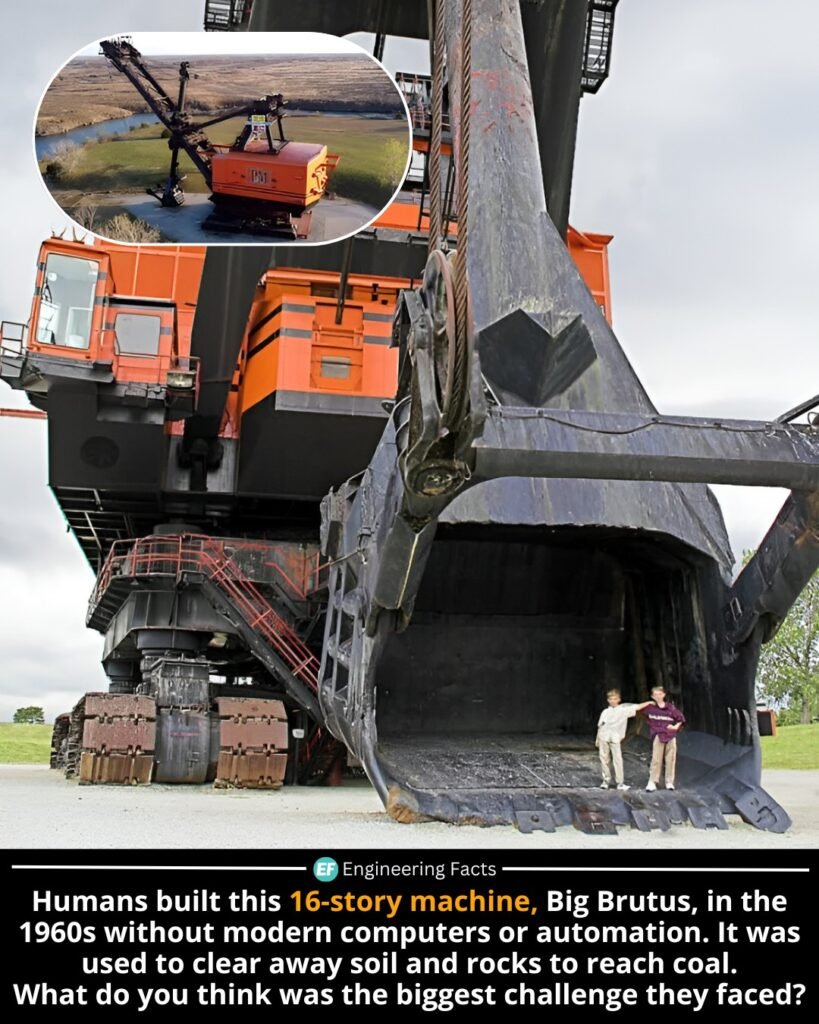Sir Henry Royce’s journey from poverty to prestige is one of the most inspiring engineering stories of the 20t
[ad_1] Sir Henry Royce’s journey from poverty to prestige is one of the most inspiring engineering stories of the 20th century. Born in 1863, he began working as a child to support his family, eventually taking a job as an apprentice at an electric company where he earned just a few shillings a week. With […]
